

To its credit, Big Ant has created a game that is technically sound to the point of being judged purely as a rugby league simulator, unlike the bug addled mess of earlier games in the series (and most league games since 1996). That isn’t to say Rugby League Live 3 is a perfect technical marvel; the use of canned animations makes for some strange moments and hinders gameplay while graphically the game still looks like a cross-generation title, but in my time with the game gripes about glitches and bugs took a back seat to gripes about design decisions and the simulation itself. To have a sound technical base relatively early in the console cycle gives me hope for the potential future Big Ant rugby league games have.
Potential doesn’t mean much to gamers looking at putting down $100 AUD today and for them I can best describe Rugby League Live 3 as frustratingly decent. For every well implemented feature and innovation there is an equally baffling failure. On the good side we have what is the best implementation of the ruck in a rugby league game yet thanks to a tackling system that crosses paper-scissors-rock with anticipation based timing. The game doesn’t do a good job of explaining it (I still haven’t managed a one-on-one strip, or to defend against one for that matter) but once you understand the basics you’ll appreciate the timing required for a dominant tackle. Like most of the game there is room for improvement in the ruck; it sometimes has an interesting take on the physics of collisions between big and small men. You’ll give up too many easy tries as undersized halfbacks drag props into the in goal from a standing start.
The other tenants of rugby league — passing, running and kicking — are solid but each has its issues. The biggest flaw with passing is that the AI does far too much of it, playing hot potato and occasionally throwing superhuman cutout passes two thirds the width of the field. I couldn’t find a happy medium between the queued passing or standard passing controls; both have their quirks and failings. Ball-running isn’t quite NFL Blitz levels of being able to change direction on a dime but the players in Rugby League Live 3 are unusually agile. Kicking uses the now standard slow motion feature and whilst bombs, field goals and grubbers are elegantly handled I found something off in the long kicking game, too often fullbacks had a lot of room to return kicks, either the ball doesn’t spend enough time in the air or the kick chase AI is poor, a fault that stands out when the game is trying to simulate the battle for field position that is key to the real sport.
Kick-offs are also a strange beast; I either kicked the ball high and very short or low and long, kick-offs that replicated their real sport counterparts seemed to only happen when influenced by heavy winds. Theoretically the short kickoffs can be contested but the game compensates for how easy it would be to otherwise steal possession by taking control of the chaser away from you, forcing them to run a straight line. I don’t know how hard it is to simulate a regular rugby league kickoff, high and landing at the goal line, but if Rugby League Live 3 is any indicator it is a near impossible feat and we really should have valued Pat Richards more.
Without question the biggest let down is the AI. Both the focus on being a rugby league simulation, and the ‘Be A Pro’ career mode highlight the deficiencies. Taking an individual player through Be A Pro is an exercise in frustration, your AI teammates are incapable of attacking football and when you are subbed off the field strange things happen like both teams kicking three field goals or scoring four tries in two minutes. The only salvation is the ‘call for ball’ button that lets you treat the game like an under sixes contest, making every second run and tackle yourself. Rugby league doesn’t exactly lend itself to the ‘play as an individual’ format like basketball or gridiron do, even if this mode was well executed it would still be dull, only the masochistic would persevere with it in its current state.
Controlling all thirteen players on the park shows off different AI issues. The defensive AI reacts like they’ve come to the ground straight from Mad Monday; always two steps slow on any half break or pass back inside. Defenders regularly hang off the ball and take poor angles to cut off runners, too often the post try slow motion replay will show a defender jogging backwards who could easily have made the tackle had they any situational awareness. Player switching has always been a problem in the Live series and this iteration is no exception, switch-to-nearest-player is noticeably poor in situations where you are chasing a runner (i.e. the most important time it is used). AI runners will regularly ignore open support players and their aforementioned hot potato passing exacerbates the defensive issues. Knock-ons are often missed, especially when kicks or passes go astray, and sudden turnovers will often see you caught unaware and thus what was meant to be a covering tackle suddenly becomes a bomb down field because you didn’t expect to get the ball.
This all combines to create a simulation that breaks down far too often. You’ll work hard to put together backline movements and create tries then have one scored against you because two defenders get dragged into the in goal and the arbitrary held up mechanics decide the AI got the ball down. All of the tools to ruck the ball up the middle of the field and play for position are there but in practice the wonky physics of collisions and the hot potato nature of the AI make it a folly to play that way. You end up just throwing the ball around to find gaps and manipulating an AI bug where they are a little too eager to hold down in the tackle and give away cheap penalties. The times you do get a roll on feel great, like a real game of rugby league, but those times are rare and more importantly offer little reward compared to trying to spread the ball wide and exploit the defensive AI.
AI problems extend beyond the gameplay; I saw replaced injured players subbed back onto the field, my centre and winger switch places every game despite my continual efforts, and the AI made some truly baffling team selections in career mode. Those last two issues seem to stem from a lack of accuracy in giving players attributes and positions, there are errors in just about every team and while I can forgive a developer not knowing the strengths and weaknesses of under 20’s or second tier English players they should be able to get NRL players positions right.
Player likeness ranges from decent to ridiculous but thankfully the excellent creation and roster updating tools (ported over from Big Ant’s Don Bradman Cricket) allow dedicated fans to more accurately recreate their heroes. There are some minor issues here such as not being able to adjust players stats, merely influence them with a set of broader traits (such as technique affecting both passing and tackling), but Big Ant has created an excellent framework for player creation and the discovery tools are well done.
I enjoyed Rugby League Live 3 more than any rugby league game of the last generation but I still came away from my time with it feeling frustrated. It doesn’t match the exhilarating highs of the real sport and despite being the most robust league simulation yet it still has problems that undermine what it is trying to achieve in emulating the arm wrestle for field position. If you are craving a rugby league experience Rugby League Live 3 will satisfy you, if you found any enjoyment in the previous, flawed Rugby League Live games then you may well call this installment great.
For the rest of us this is yet another rugby league game that requires patience and understanding to enjoy, compromises we have been expected to make for 20 years now and with so many other legitimately great games out there, both sports and otherwise, they are compromises few should or will make. Big Ant Studios are getting closer to the line but with Rugby League Live 3 they have once again spilled the ball.
Rugby League Live 3 was reviewed using a retail disc on Xbox One, purchased by the reviewer.
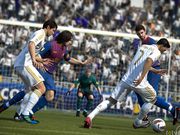
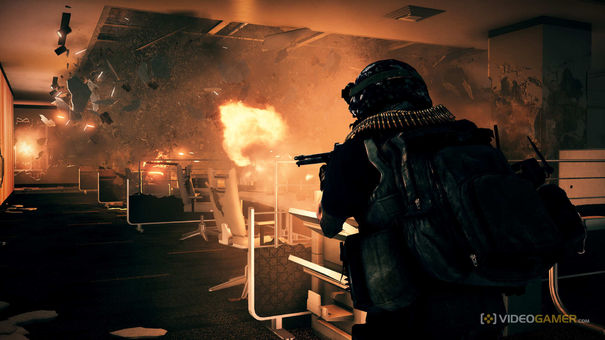
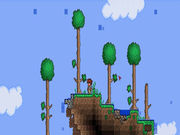
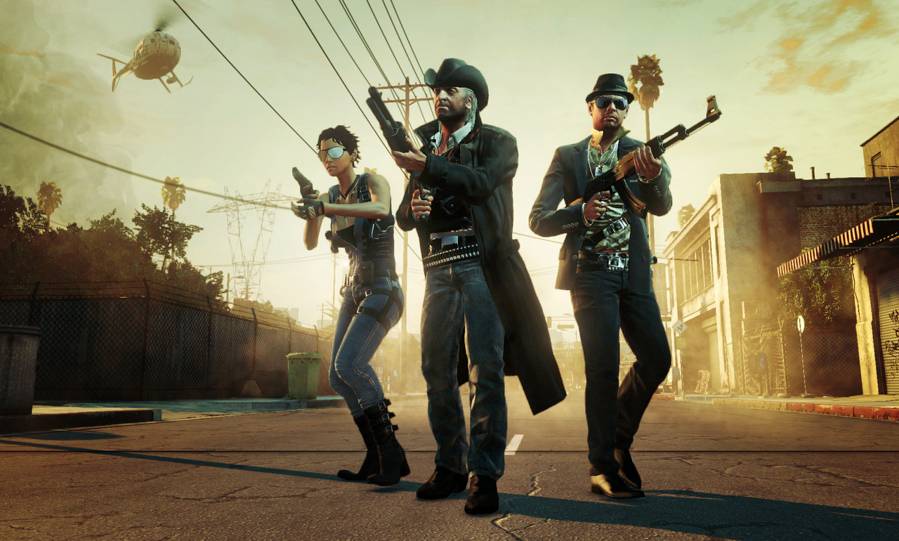
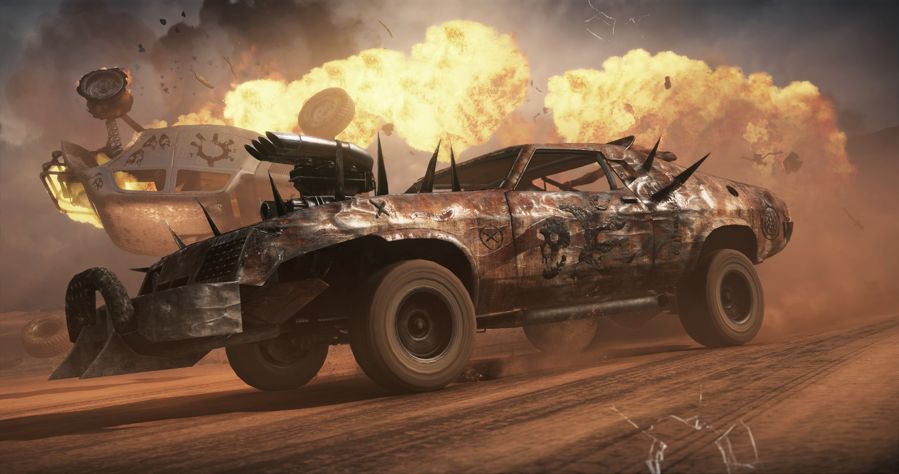 Mad Max Guide - Magnum Opus Upgrade & Scrap Metal Guide
Mad Max Guide - Magnum Opus Upgrade & Scrap Metal Guide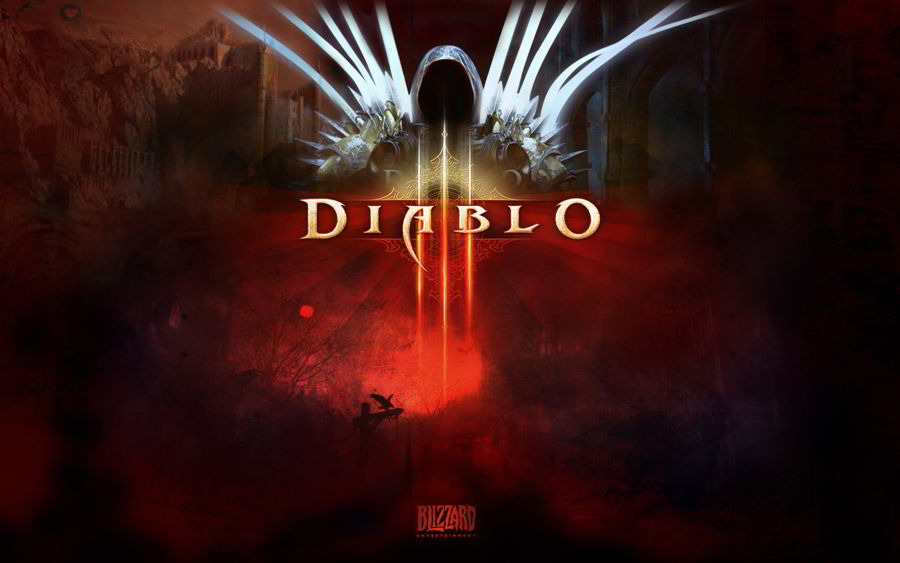 Diablo 3 Walkthrough Guide Collection
Diablo 3 Walkthrough Guide Collection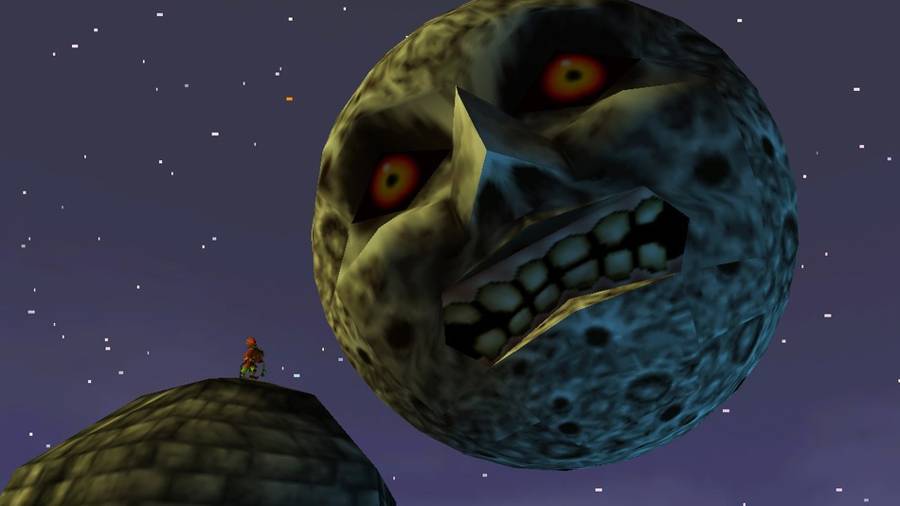 The Legend Of Zelda Majora's Mask 3D: Woods Of Mystery Guide
The Legend Of Zelda Majora's Mask 3D: Woods Of Mystery Guide Sleeping Dogs Conflicted Loyalties Mission Walkthrough - GamersHeroes
Sleeping Dogs Conflicted Loyalties Mission Walkthrough - GamersHeroes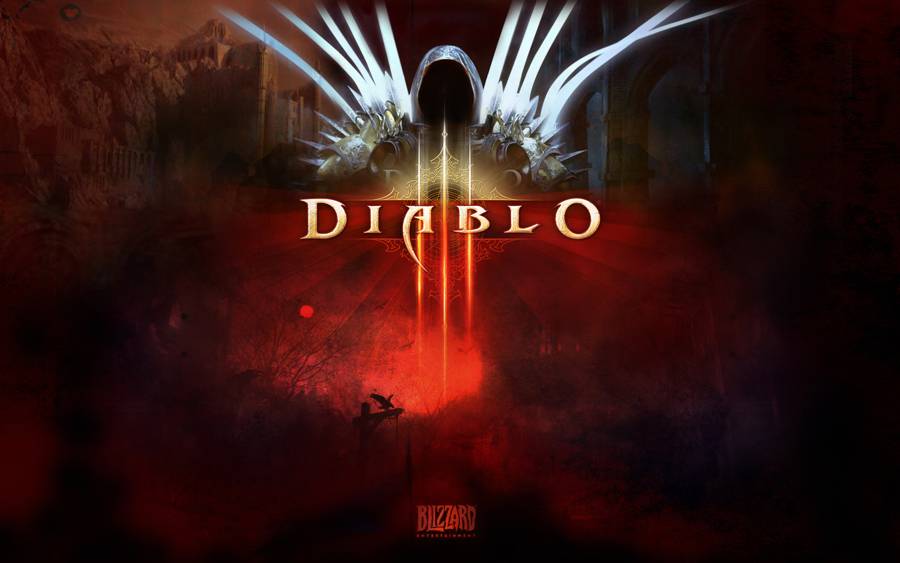 Diablo 3 Act 1 Event Locations
Diablo 3 Act 1 Event Locations